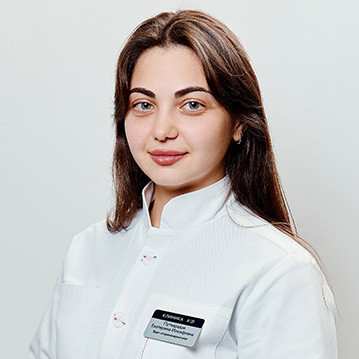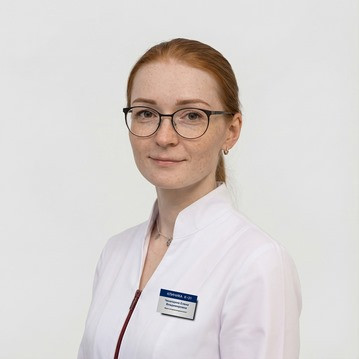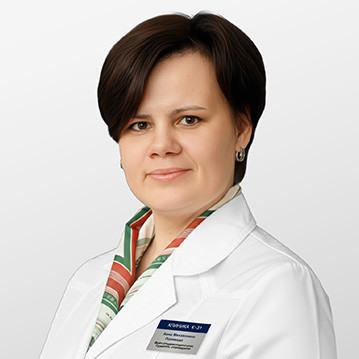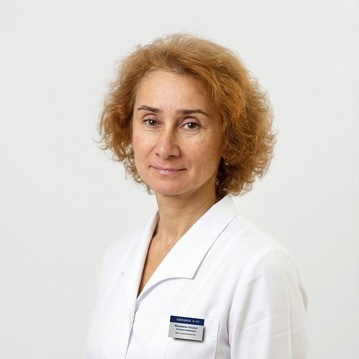Treatment of silent sinus syndrome

specialists

equipment

treatment
General information about the disease

The gold standard in diagnosing SMS is CT of the paranasal sinuses, which provides high detail of bone structures, unlike MRI. However, even on a standard x-ray of the paranasal sinuses, it is possible to detect darkening and a decrease in the volume of the maxillary sinus, which will give us grounds for further examination.

Surgical only. Consists of creating a stable connection between the sinus and the nasal cavity. The operation is possible only with the use of endoscopic technology and microinstruments. When performing an operation, the qualifications of the surgeon are important - due to the prolapse of the orbital wall, the anatomical relationships change and it is very easy to damage the orbit. When air exchange is restored, enophthalmos usually regresses. If the effect is insufficient, the second stage involves plastic surgery of the lower orbital wall.

- Highly qualified specialists
- International treatment protocols - taking into account foreign and Russian standards
- Selection of a minimally invasive technique
- Accompanying treatment that minimizes possible side effects
- The highest standard and level of safety in anesthesia
- Use of high-tech equipment from world manufacturers
- Detailed diagnostics (in-house laboratory, MRI, CT, X-ray, biopsy)
- Ability to provide round-the-clock assistance, monitoring and diagnostics

How is an appointment with an otolaryngologist at K+31?
Our doctors

This award is given to clinics with the highest ratings according to user ratings, a large number of requests from this site, and in the absence of critical violations.

This award is given to clinics with the highest ratings according to user ratings. It means that the place is known, loved, and definitely worth visiting.

The ProDoctors portal collected 500 thousand reviews, compiled a rating of doctors based on them and awarded the best. We are proud that our doctors are among those awarded.
Make an appointment at a convenient time on the nearest date
Price


































Symptoms of Silent Sinus Syndrome
Silent sinus syndrome (SSS) is a fairly rare disease. Essentially, this disease is is a deformation of the walls of the maxillary sinus caused by various reasons, as a result of which the sinus pressed inward. Such a deformation leads to a change in the shape of the facial skeleton - a hollowing of the cheek, a displacement of the eyeball downwards and inwards.
In short, the development of the disease proceeds as follows. Due to some as yet unidentified Precisely, the reason is that the natural ventilation of the sinuses is disrupted. “Reverse absorption” occurs, which, due to the lack of ventilation of the sinus, it leads to thinning and prolapse (bending) of the walls.
There are primary (spontaneous) and secondary SMS.
The symptom is only the gradual development of enophthalmos (deepening of the eyeball) on one side. It usually develops over a long period of time. Primary, or spontaneous, SMS occurs in adulthood, with the first symptoms appearing within a few months or years. The causes of secondary SMS development are facial trauma, chronic rhinosinusitis, and functional endoscopic endonasal interventions.